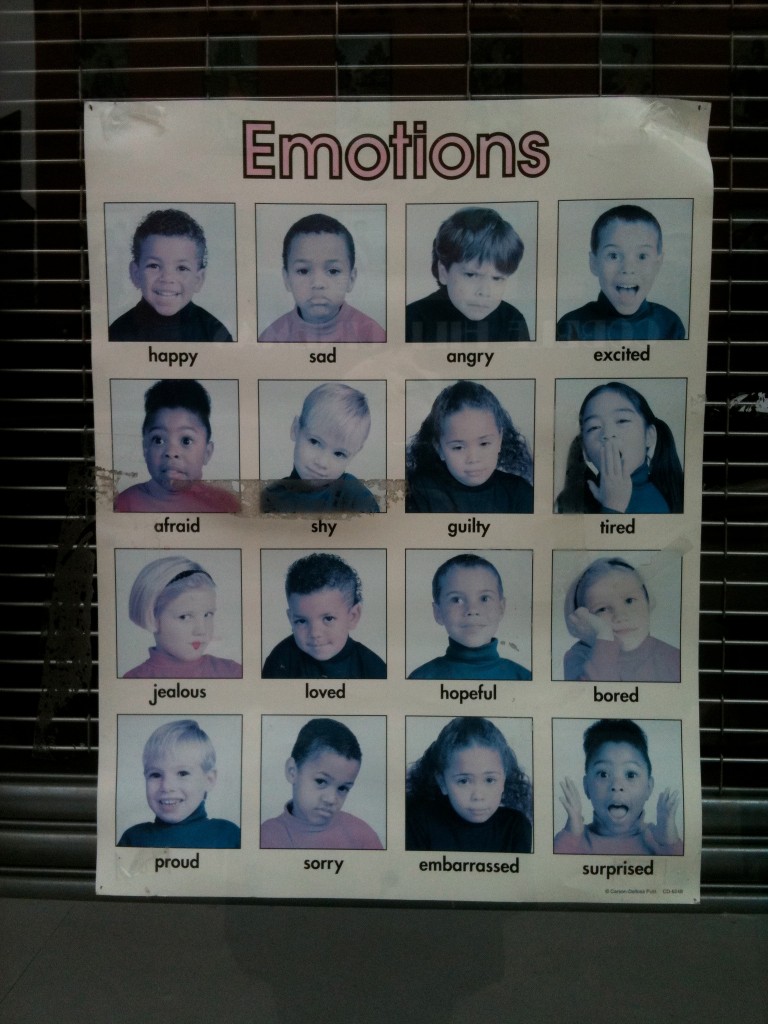 The term “portrait” as generally understood, comes with a contingent assumption of specificity: it is assumed to be “of” someone, a specific person at a certain moment in time. We are by now familiar, in the rarefied air of our fine-art-ness, with the usual interrogations of this assumption: can we ever really know anything about a person from their surface, is the portrait of the photographer or the sitter, ranging all the way to the higher altitudes of post-modern philosophical (absurdist) truths like is there really any body there to photograph to begin with, or does time exist….in general I have grown a bit fatigued with some of these debates, and some of the work they generate has left me feeling a bit chilly and undernourished, not to mention bored ( the way one is bored listening to a person at a cocktail party recite a litany of political outrage that one heard earlier almost verbatim on NPR). However, the current show at the KLOMPCHING GALLERY in Dumbo , up for another few weeks, was a welcome exception.
The term “portrait” as generally understood, comes with a contingent assumption of specificity: it is assumed to be “of” someone, a specific person at a certain moment in time. We are by now familiar, in the rarefied air of our fine-art-ness, with the usual interrogations of this assumption: can we ever really know anything about a person from their surface, is the portrait of the photographer or the sitter, ranging all the way to the higher altitudes of post-modern philosophical (absurdist) truths like is there really any body there to photograph to begin with, or does time exist….in general I have grown a bit fatigued with some of these debates, and some of the work they generate has left me feeling a bit chilly and undernourished, not to mention bored ( the way one is bored listening to a person at a cocktail party recite a litany of political outrage that one heard earlier almost verbatim on NPR). However, the current show at the KLOMPCHING GALLERY in Dumbo , up for another few weeks, was a welcome exception.
For Re-Enactors by Jim Naughten, the gallery is filled with portraits [mostly: there are a few landscapes which seemed a kind of obligatory flourish) of, well, re-enactors: people “who step out of their daily lives to transform into historical characters from the First and Second World Wars and re-enact battles and drills.” Although the artist’s statement compares the work to Avedon’s masterful In The American West, it is important to remember that Mr. Avedon’s subject/collaborators, although characters, were playing themselves. A more useful and interesting reference, to my eye, is Loretta Lux.
Despite Mr. Naughten’s stated game, which seems to have something to do with “role of photography in reinventing history.”, the masterful, exquistite digital prints are better than that. There is a sensation of presence and pathos, the feeling of moment of tenderness—but with whom? There is no context or frame of reference for understanding whom we are looking at….the character (Infantryman, Evacuee, Civilian)? The re-enactor, about whom NO information is given? Indeed, the very surface of the prints are so finessed, so artfully constructed—so REAL— that one is left to wonder: about the textures of skin, the electric blueness of an eye….Somehow all this strikes a delicate balance, as sweet and pleasing and full of yearning as the tinted hues of the images themselves—but this yearning is for Nostalgia itself, not for a particular time or person or place, but for that (long ago, lost forever) time when people and things could be reliably imagined as only and eternally themselves.
